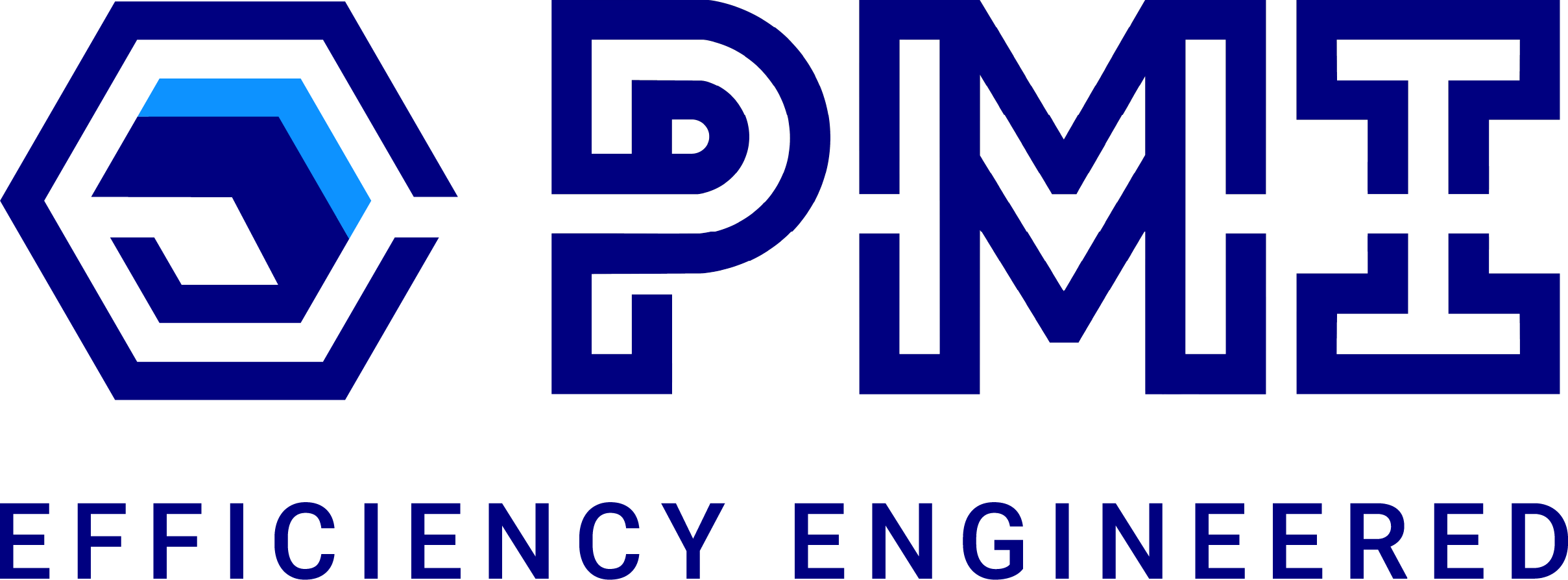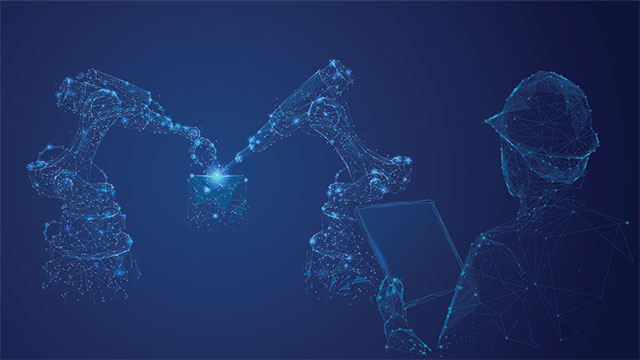Optimizing Automotives for Efficient Operations
The automotive industry today faces numerous challenges, including frequent model upgrades, rising global competition, and increasing costs. In such critical times, adaptation alone is not enough—automotive companies must seamlessly integrate efficiency, innovation, and digital technologies into their operations.
With nearly two decades of experience and a presence across the US, India, UAE, and Mexico, we help automotive companies turn challenges into opportunities. Using Industry 4.0 technologies such as Digital Twins and productivity-focused solutions for data analysis, we bring production lines to optimal capacity, improve efficiency, and enhance innovation—ensuring your business remains competitive in a rapidly evolving market.
We divide our Automotive solutions into four parts
Engineering Productivity Solutions
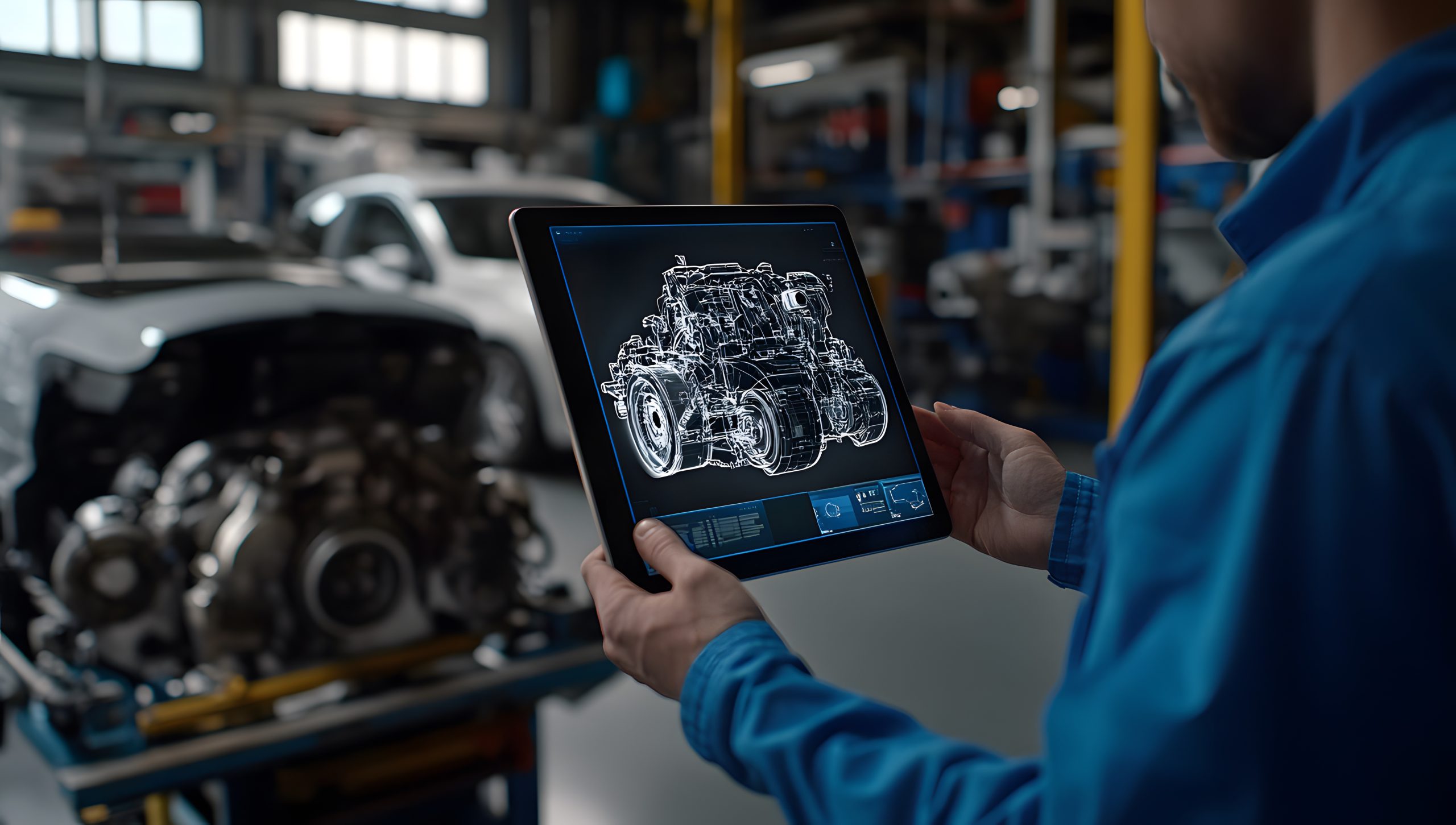
PMI Solutions :
Generate precise Digital Twins of assembly lines to streamline design, collaboration, and decision-making.
- Digital twins enhance layout efficiency and reduce costs.
- Remote monitoring minimizes downtime through early issue detection.
- Shared models improve cross-team collaboration.
- 3D animation aids planning, simulation, and training.
- Visuals boost stakeholder communication and marketing.
Model robotic systems, layouts, and early workflows to pre-validate engineering decisions.
- Validate layout changes, spot inefficiencies.
- Simulate robotic/automated systems for performance and safety.
Virtual workplace simulations help build safer and more effective workspaces, minimizing physical strain and improving performance.
- Facility layout models optimize material, tool, and labor flow.
- Workstation simulations ensure ergonomic tool placement.
- Human modeling reduces strain and prevents injury.
- Virtual assembly lines detect ergonomic concerns early.
Manufacturing Productivity Solutions

PMI Solutions :
Improve shop floor performance using proven IE tools and methods.
- Lean methods: 5S, Kanban, Kaizen, Six Sigma.
- Bottleneck identification and capacity planning.
- Time & motion studies for task optimization and ergonomics.
- Statistical process control for consistent quality.
TPM and maintenance planning to reduce downtime.
Use simulation to optimize production flow and line efficiency.
- Process models enhance productivity and cost-efficiency.
- Assembly line modeling detects and removes delays.
Apply scanning for production planning, collaboration, and real-time control.
- Digital models support team alignment and remote issue resolution.
Transform your workforce into a strategic asset.
- Identify skill gaps through talent assessment.
- Implement training aligned with manufacturing tech.
- Plan lean staffing for just-in-time production.
- Apply PMS to boost shop floor output.
Quality Solutions
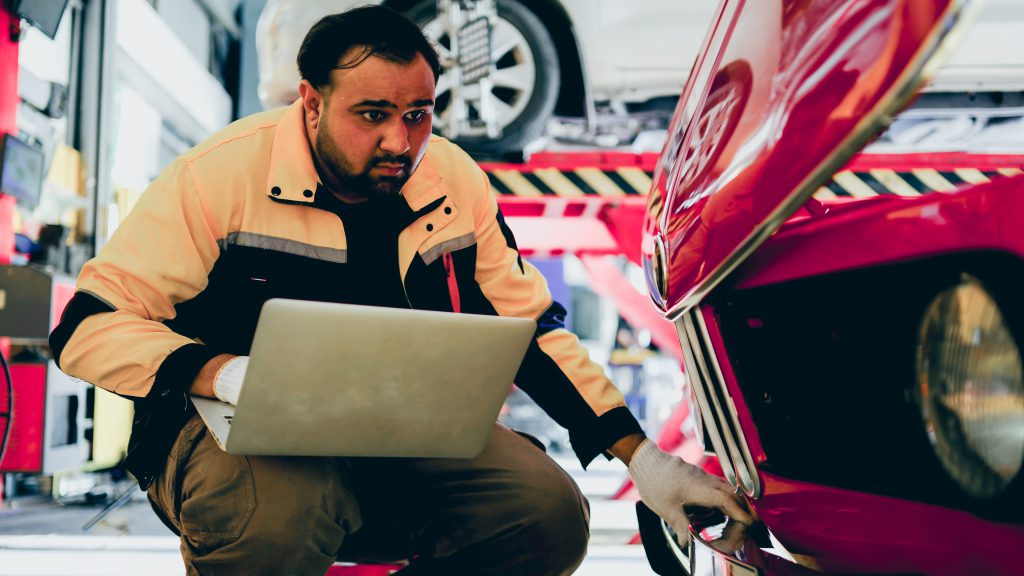
PMI Solutions :
- Statistical process control to minimize defects.
- Quality-driven layout and task planning.
- Reduce assembly errors and ensure alignment.
- Enhance consistency across production cycles.
- Detect quality and process issues before implementation.
Supply Chain Management Solutions

PMI Solutions :
- Simulate logistics to cut lead times and inventory costs.
- Test supply chain configurations for reliability.
- Optimize layout and storage for inbound/outbound operations.
- Visualize facility flow to align supplier and plant operations.
- Strategically align manpower with just-in-time needs.
- Reduce labor-related bottlenecks in the supply chain
Want to schedule a time to speak with one of our Automotive Consulting representatives now?
Let our experts show you how our Services can support your projects!
Send a message to our team by filling out the form below. Describe your project, ask questions, or even request a bid.
An expert from our team will be in touch with you within one business day!
